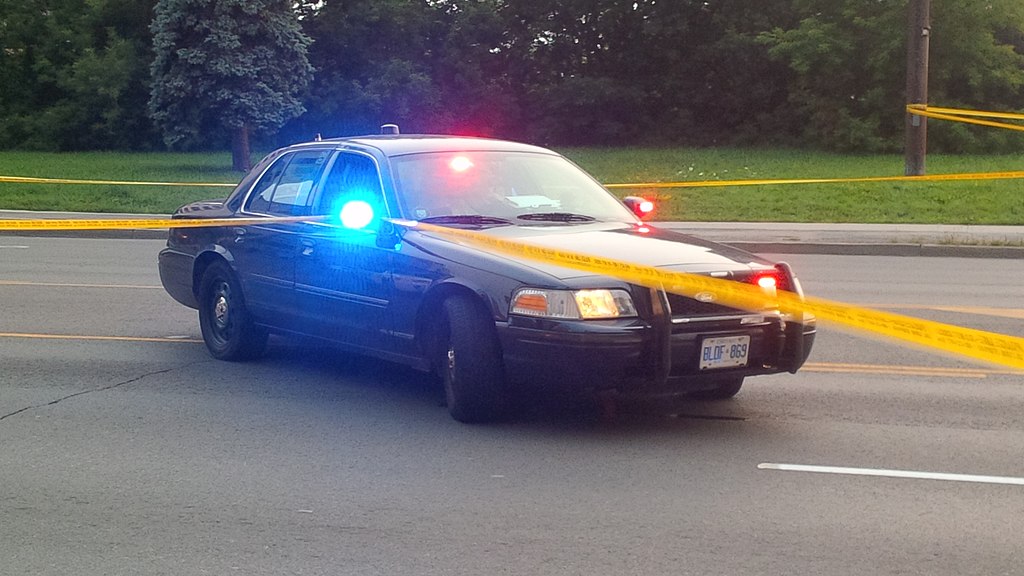
Black girls and women comprise roughly 14% of America’s female population, but are at the center of more than a third of missing-women cases in the United States.
It’s an ongoing emergency. The National Association for the Advancement of Colored People issued a resolution on the situation in 2019, encouraging more news coverage of investigations, as well as widespread investments in “agencies, groups, and organizations for the purpose of researching and locating missing women and children of color.”
In Minnesota, officials are doing exactly that.
This year, state legislators passed a law to create America’s first-ever Office of Missing and Murdered African-American Women and Girls. “This is a real, true crisis,” state Rep. Ruth Richardson, who carried the bill, told NPR. “[W]hen we see this data that our cases are not getting solved, or cases are not getting resources, it actually puts a target on the back of Black women and girls.”
Minnesota’s new effort will give renewed attention to cold cases, while also reopening cases where Black women or girls were said to have died by overdose or suicide, if the circumstances around their deaths seem suspicious in hindsight. It will also mean more funding getting allocated toward these investigations – a crucial detail, officials say.
“I’ve been in law enforcement for 19 years as an officer,” Suwana Kirkland, vice chair for the National Association of Black Police Officers, said to NPR. “I have seen an increase in incidents of violence within our communities of for Black women and girls, and a decrease in resources and services and dedicated efforts and support to help solve these crimes.”
Similar offices exist in states such as South Dakota and Oklahoma to find Indigenous girls and women, another group who are disproportionately represented among America’s missing-person cases – and whose plights also fail to receive media attention.
Indeed, “missing white woman syndrome,” as it’s known, is a pervasive problem in the U.S. An unequal amount of focus is given, time and time again, to missing-person cases involving white, upper- or middle-class women, in comparison to cases around women of color and women from lower socioeconomic classes.
The creation of this new office brings with it new hope of a turning tide – especially to people like Lakeisha Lee, whose sister, Brittany Clardy, was murdered. It will give law enforcement officials and citizens a way to “work towards a community intervention model that really serves all families for generations so that the office doesn’t have to be a forever office,” she notes.
Added Lee to NPR, “We can end this epidemic.”



